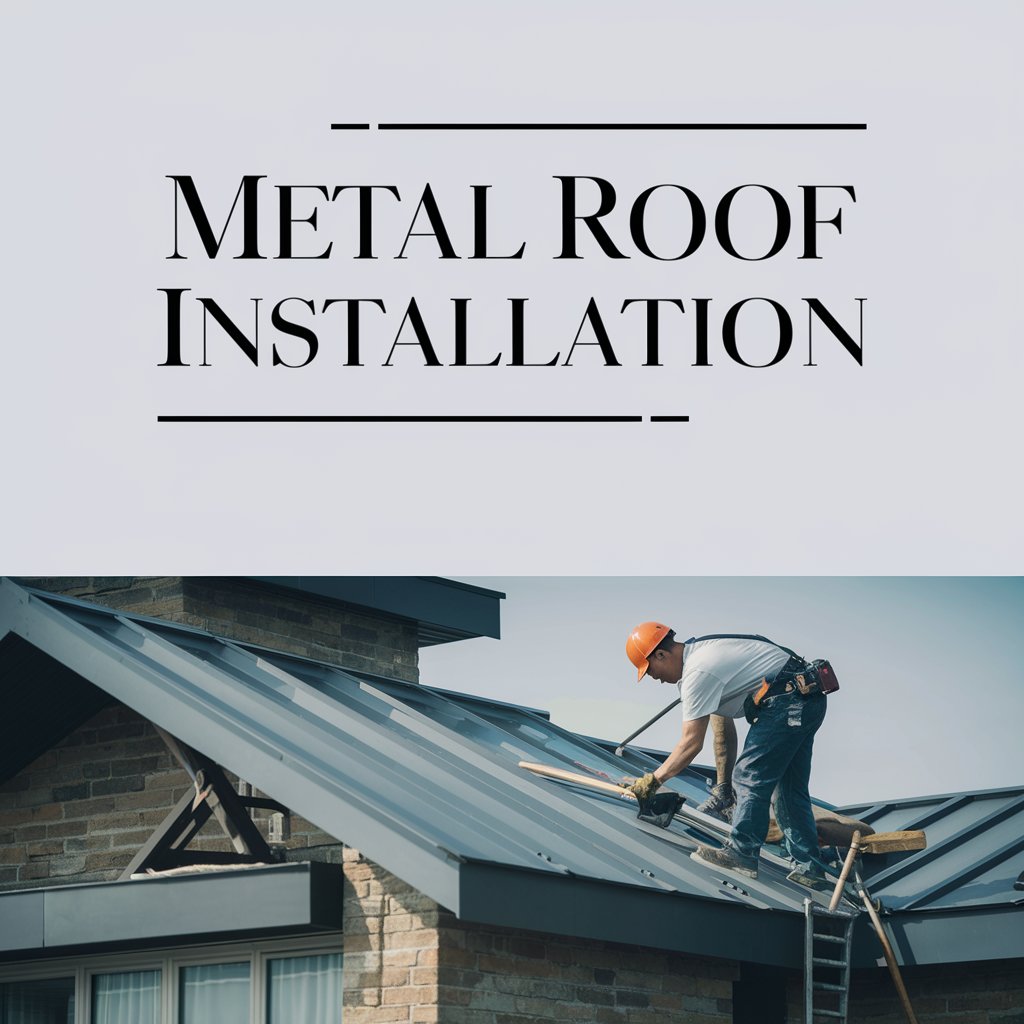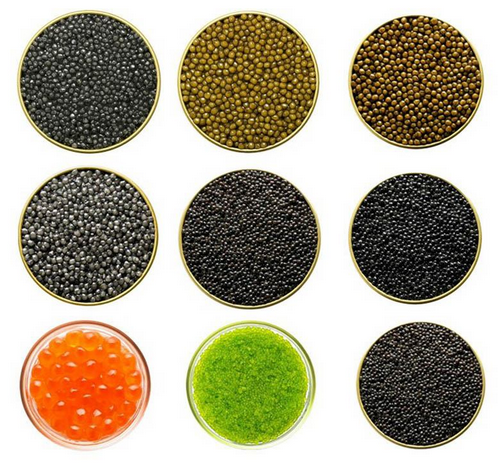Metal roofs offer durability and aesthetic appeal across various climates, making them popular for homeowners seeking long-term solutions. Whether you reside in a humid coastal region or a dry, arid desert climate, understanding the nuances of metal roof installation specific to your environment is crucial. We will explore essential considerations for installing metal roofs in different climates, ensuring your investment stands the test of time and weather conditions.
Choosing the Right Metal Type
The type of metal you choose for your roof significantly impacts its performance in different climates. In coastal areas prone to salt spray and humidity, stainless steel or aluminum are preferable due to their corrosion resistance. Conversely, metals such as zinc or coated steel provide excellent thermal stability in regions with extreme temperature variations like deserts. Each metal type has strengths, ensuring longevity and minimal maintenance tailored to specific climate demands.
Adapting to Temperature Variations
Metal roofs expand and contract with temperature changes, necessitating proper metal roof installation techniques to prevent issues like buckling or warping. In colder climates, ensuring adequate insulation beneath the roof helps prevent heat loss and ice dam formation. Conversely, in hot climates, reflective coatings and ventilation systems mitigate heat absorption, reducing cooling costs and enhancing indoor comfort. Adapting installation methods to local temperature fluctuations ensures optimal performance and longevity of the metal roof system.
Considerations for Snow and Ice
In colder climates prone to heavy snowfall, the pitch and structure of the roof play crucial roles in preventing snow accumulation and ice dams. A steeper roof pitch facilitates snow shedding, reducing the load on the structure and minimizing potential leaks. Installing snow guards or snow retention systems helps control snow movement and prevents sudden releases that can damage property or endanger occupants. Proper sealing and flashing around roof penetrations avoid ingress water and ice buildup, ensuring year-round protection against harsh winter conditions.
Impact of Wind and Storms
Coastal and hurricane-prone regions require metal roofs capable of withstanding high winds and flying debris. Choosing roofing materials with high wind uplift resistance, such as standing seam or interlocking metal panels, enhances structural integrity during storms. Proper installation techniques, including secure fastening and sealant application, reinforce the roof’s ability to resist wind-driven rain and prevent water intrusion. Regular inspections and maintenance ensure continued performance, safeguarding your home against the unpredictable forces of nature.
Maintenance and Longevity
Regardless of climate, routine maintenance is vital to prolonging the lifespan of a metal roof. Inspecting for corrosion, checking seals and fasteners, and clearing debris from gutters and valleys are essential tasks that prevent minor issues from escalating into costly repairs. In coastal climates, rinsing the roof periodically to remove salt residue and applying protective coatings can extend its durability. Similarly, in areas prone to heavy precipitation, maintaining drainage systems ensures water flows freely, preventing potential water damage and preserving the roof’s structural integrity.
Environmental Sustainability
Metal roofs are increasingly favored for their environmental benefits, regardless of climate. They are often made from recycled materials and are fully recyclable at the end of their lifespan, reducing the ecological footprint compared to traditional roofing materials. In warmer climates, metal roofs contribute to energy efficiency by reflecting solar heat, thereby reducing cooling costs and lowering carbon emissions associated with air conditioning. In colder climates, their durability and insulation properties contribute to energy savings by minimizing heat loss during winter. Choosing certified sustainable metal roofing products ensures homeowners contribute positively to environmental conservation while enjoying long-term cost savings.
Local Regulations and Installation Standards
Navigating local building codes and installation standards is crucial when installing a metal roof in different climates. Coastal areas may have specific requirements regarding corrosion resistance and wind uplift ratings to withstand hurricanes or tropical storms. In snow-prone regions, regulations often dictate snow load capacities and roof pitch angles to ensure structural integrity under heavy snow accumulation. Working with experienced roofing contractors familiar with local regulations ensures compliance and enhances the durability and safety of your metal roof installation. Adhering to these standards not only guarantees peace of mind but also protects your investment against potential liabilities and ensures the longevity of your roof system in diverse climatic conditions.
Installing a metal roof involves carefully considering climate-specific factors to ensure optimal performance and longevity. By selecting the right metal type, adapting installation techniques to temperature variations, and addressing challenges like snow, ice, wind, and maintenance requirements, homeowners can maximize the benefits of their investment. Whether facing humid coastal conditions, extreme desert heat, or harsh winter climates, the versatility and durability of metal roofs make them a reliable choice across diverse environmental settings. Investing in professional installation and periodic maintenance further enhances resilience, ensuring your metal roof remains a steadfast protector of your home for years.






